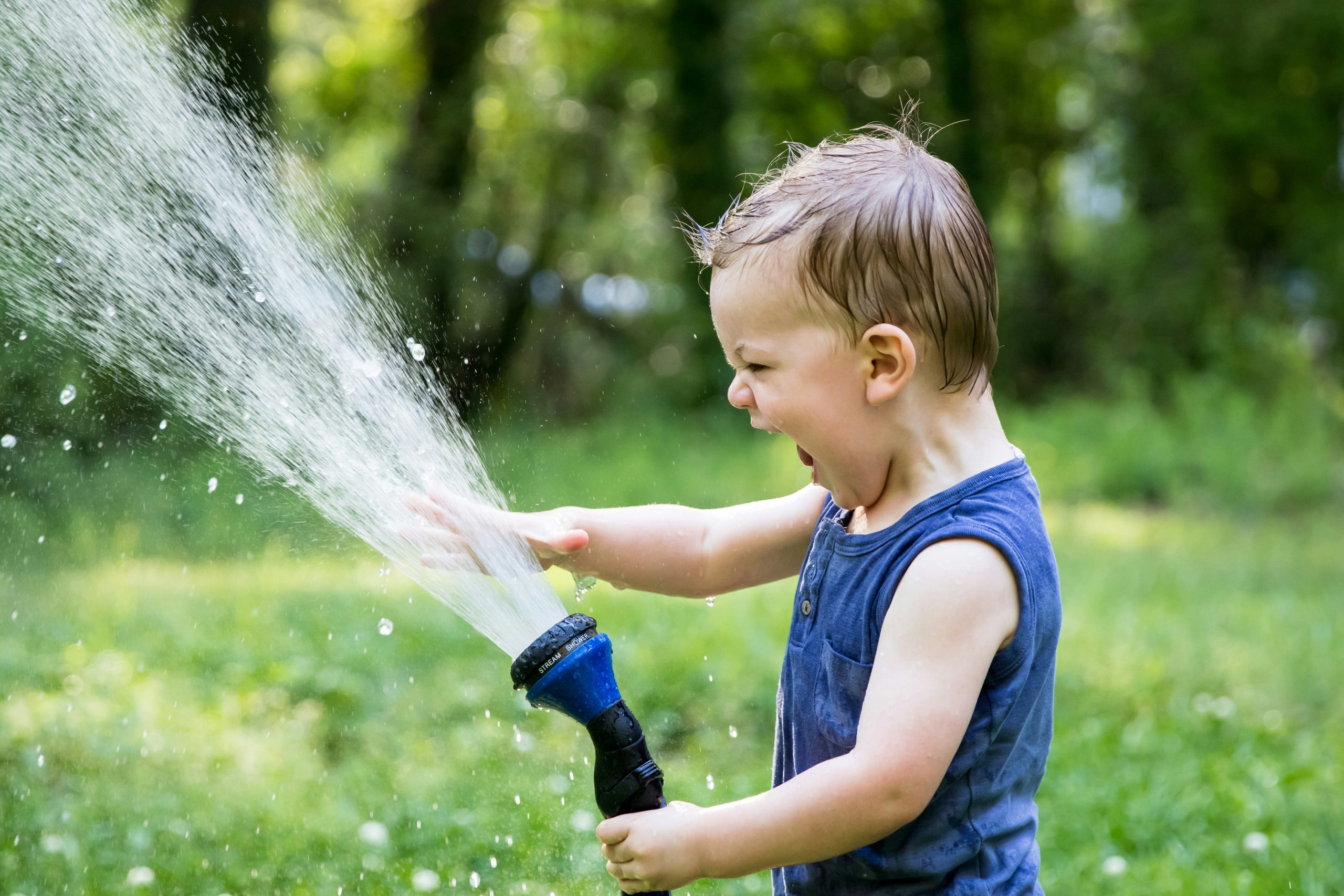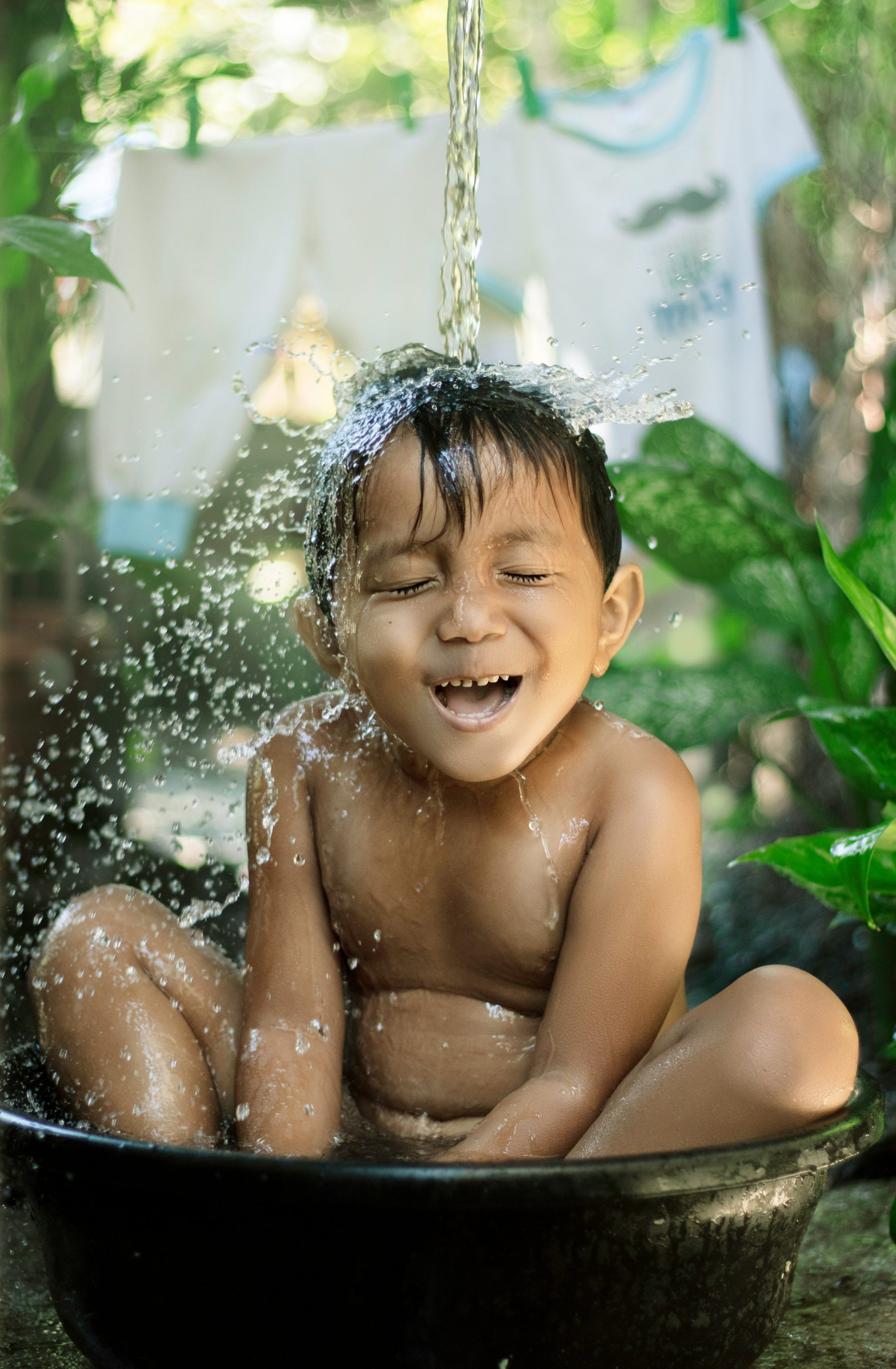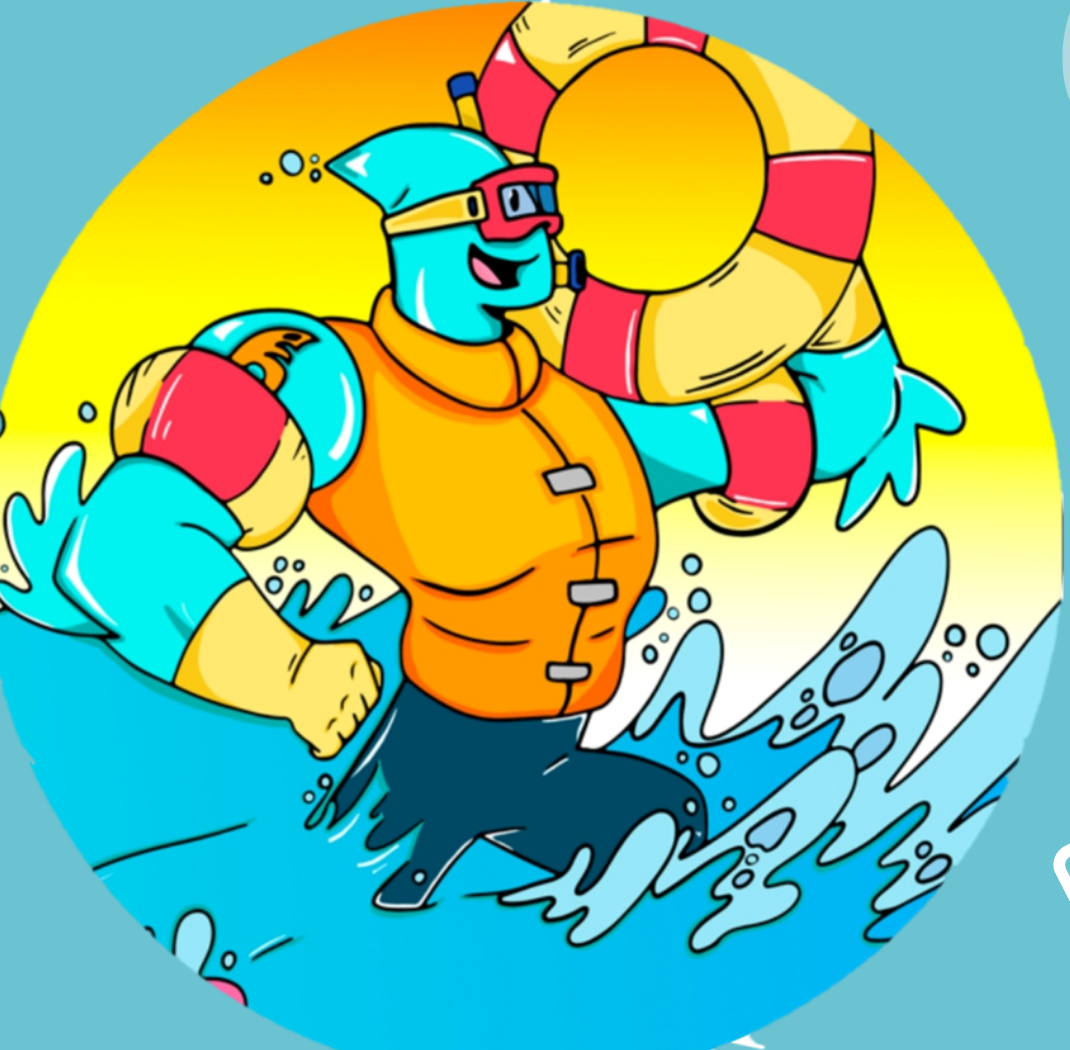Why Teach Water Safety to Kids.
FACT
More children ages
1–4
die from drowning than any other cause of death.
Drowning Is No. 1 Killer of Young Children
.
Unfortunately, deaths are likely to surge during the summer months. And yet, the United States is without a comprehensive federal plan to address the crisis. There are a number of factors that could make it increasingly difficult to close the gap, to include politics, immigration border crisis, gun violence, race relations, shrinking recreation department budgets, and the shortage of lifeguards. The list goes on but the truth is something must be done to help save our children.
In fact, data shows that in the past year drownings have been on a rise.
For every child who dies from drowning, another five receive care in the emergency room. There are even more staggering statistics regarding longtime care for those requiring permanent medical /rehabilitation assistance.


Children are exploratory, and naturally curious and because of their innocence and limited knowledge of safety understanding, they sometimes do things when near water that can result in drowning.
The truth is most children are attracted to water. Who among us aren’t relaxed by the beauty of the stimulating, calming effect of water.
Early learners don’t understand the dangers associated with water. Unfortunately, when they come face to face with water their first instinct is to be consumed in it; and without thinking about safety all they want to do is jump in.
This is why every parent must be on hyper alert when their young ones are near water.
